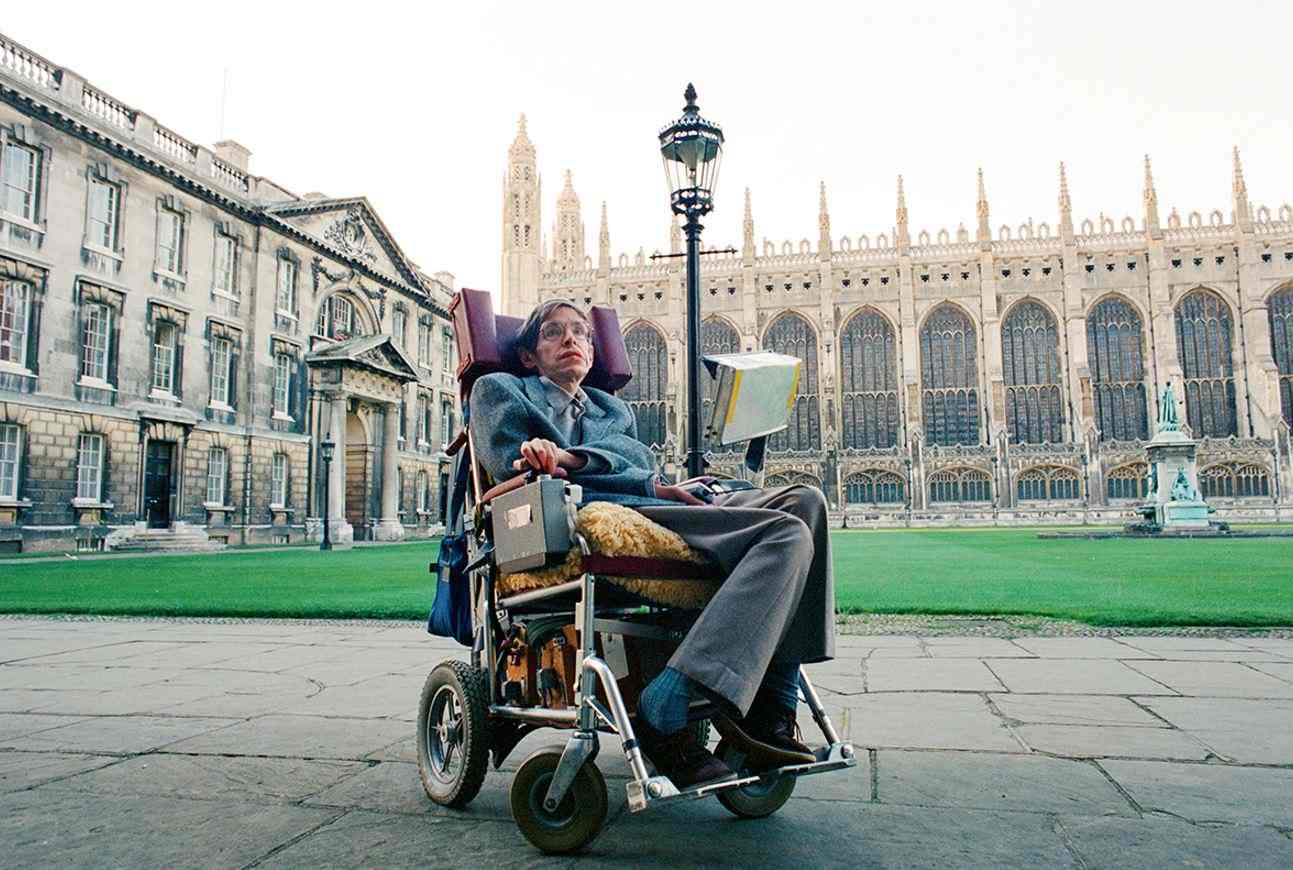Amyotrophic lateral sclerosis (ALS) is a growing neurodegenerative illness that affects nerve cells in the brain and the spinal cord. It eventually leads to total paralysis of the body. People with ALS lose control of their muscles and eventually they will be unable to speak, eat, and breathe on their own.

Image Credits – livescience.com
Contents
7 Stages of ALS and What You Need to Know
This stage-by-stage guide helps you to learn the different ways how ALS can affect your loved one.
Stage 1:
The first stage of ALS is the onset. This is when the person first notices that something is wrong. There are many early symptoms of ALS and they can be difficult to notice at first. The progression stage of ALS usually starts when a person starts to have difficulty with speaking and swallowing food. They may also have problems with controlling their fingers and hands, which can lead to difficulties with everyday tasks such as buttoning a shirt or opening a door knob.
Stage 2:
Stage 2 is characterized by the worsening of symptoms from stage 1. In stage 2 of ALS, people may experience muscle cramps, twitching or tightness in their arms or legs. They may also have slurred speech and difficulty chewing, or swallowing food because of reduced movement of their tongue and lips. In the second stage of ALS, muscle weakness and twitching may occur in one limb or on one side of the body while the other side remains strong. This is called “limb-onset” disease and it affects about 20% of people with ALS.
Stage 3:
The third stage can involve difficulty walking, speaking, swallowing, and breathing – this is when most people are diagnosed with ALS. It’s important to note that while there is currently no cure for ALS, there are therapies available that can help patients keep their quality of life.
Stage 4:
The fourth stage often involves a complete loss of strength in all limbs as well as difficulties in breathing due to respiratory muscles weakening and paralysis in the diaphragm muscle that controls breathing. This is a very profound stage where the patient will experience extreme fatigue and may not be able to get out of bed.
Stage 5:
Stage five can include a loss of bladder control, sexual function, and bowel function. Around this time people will also start to notice they are having trouble maintaining their body temperature which leads to a wide range of health problems.
Stage 6:
As the disease progresses, the patient’s breathing becomes more labored as they rely on an ever-shrinking airway to get air into their lungs. They eventually lose the ability to speak but can communicate by nodding or shaking their head to indicate yes or no.
Stage 7 (Last Stage):
The last stage of ALS is defined as when a person can no longer speak, eat, or move voluntary muscles. The muscles become weak and the body starts to shut down. The cause for this is that motor neurons are dying off, which is why there’s a progressive degeneration of motor neurons in ALS patients.
In this stage, the patient may be on a ventilator to assist with breathing. They are also unable to swallow liquids or food. In some cases, they may be fed through a tube inserted through their nose into their stomach.
Post You May Like to Read:


